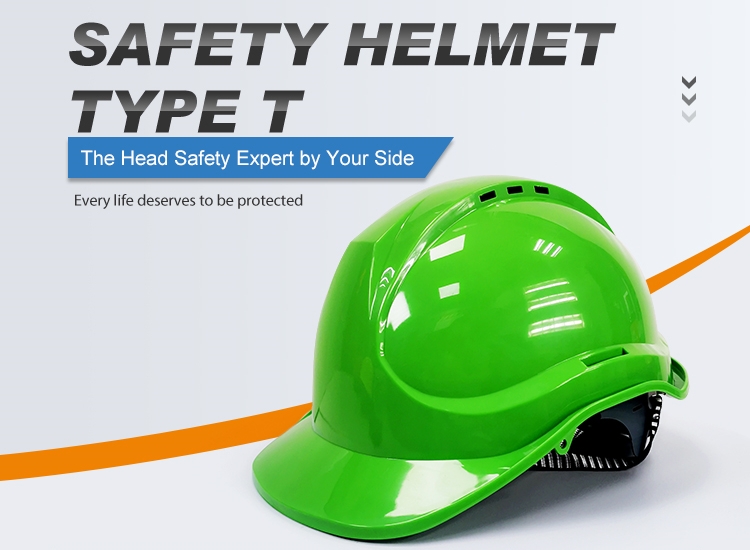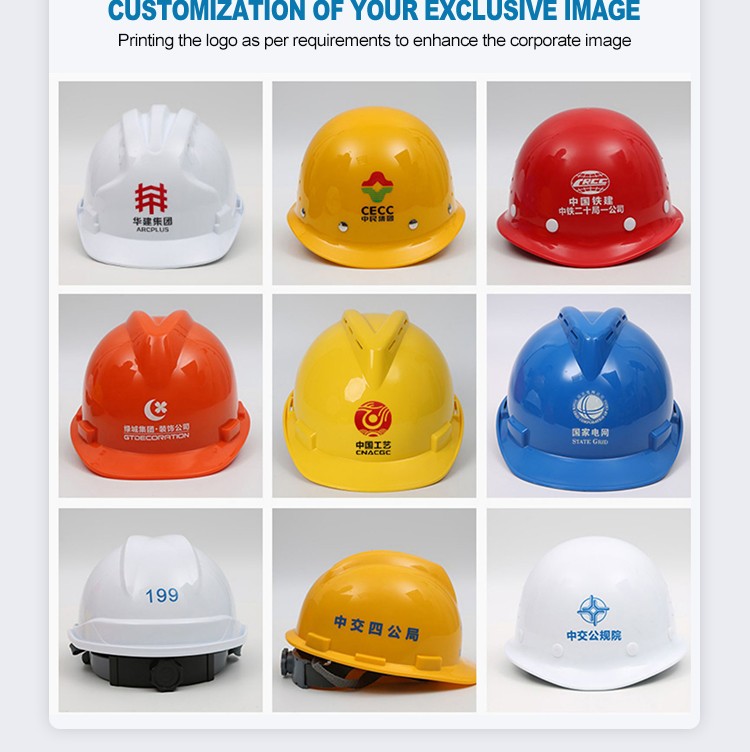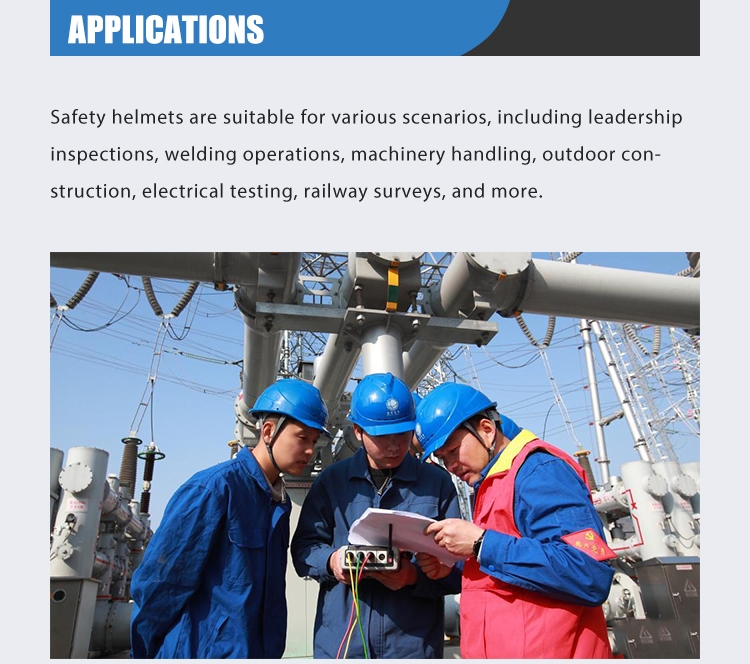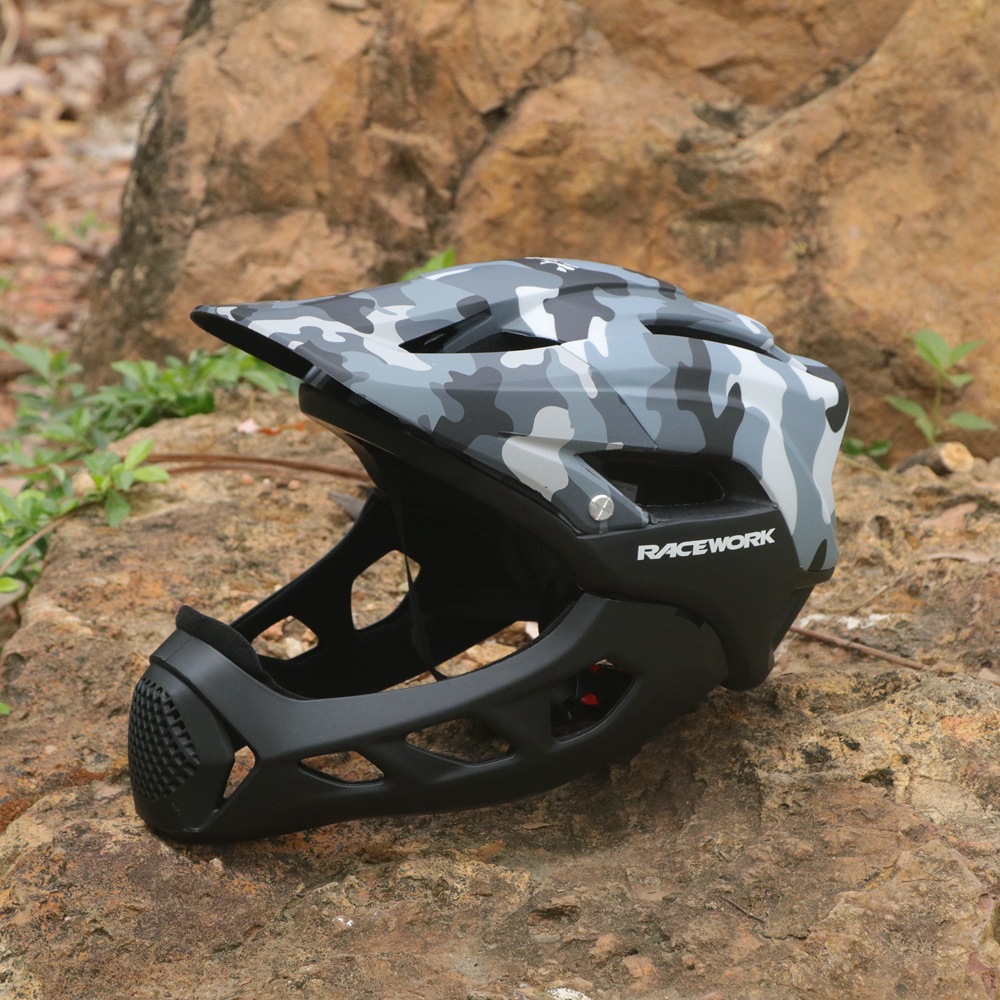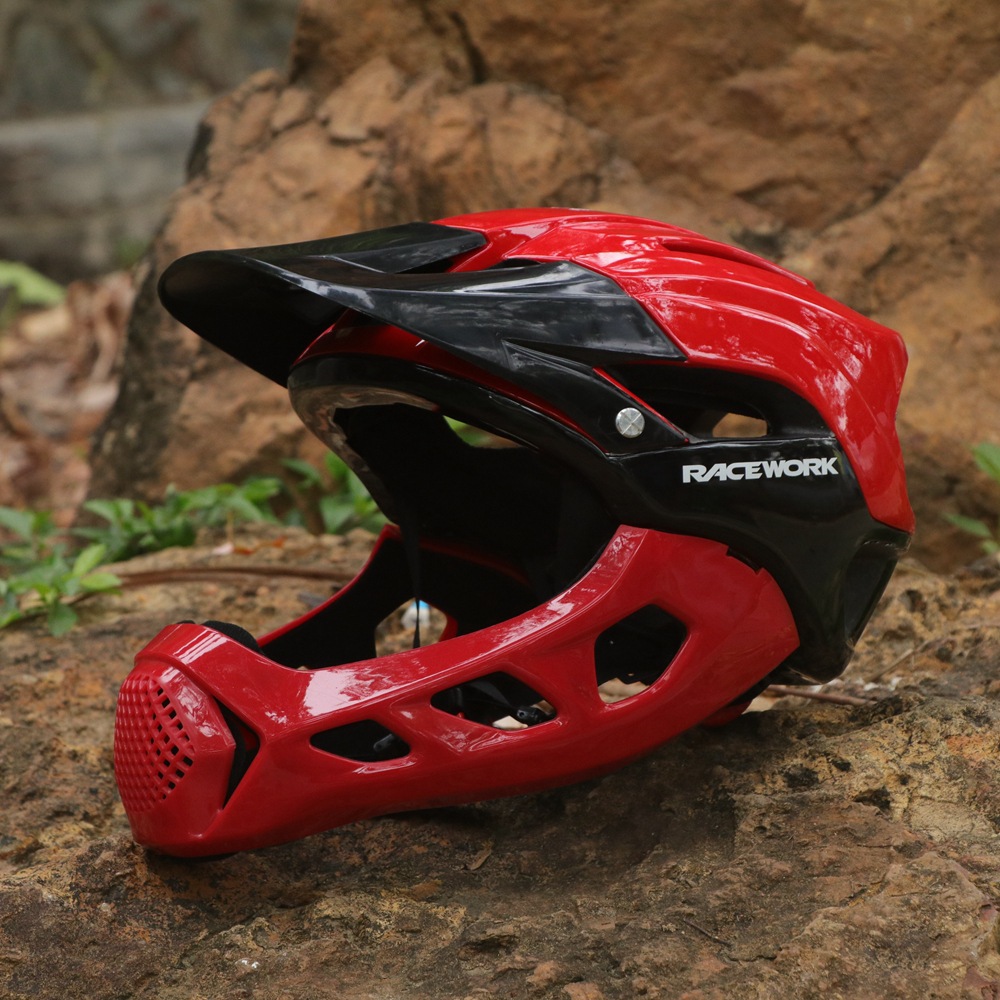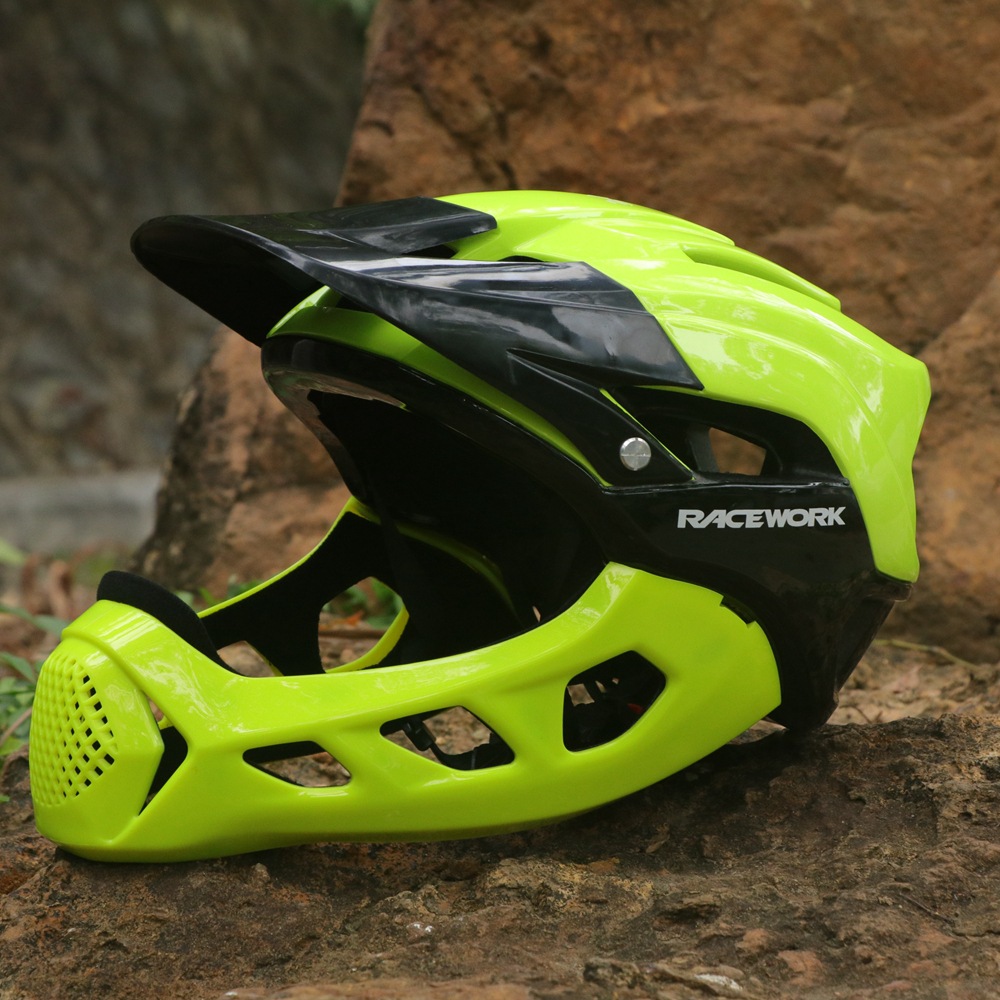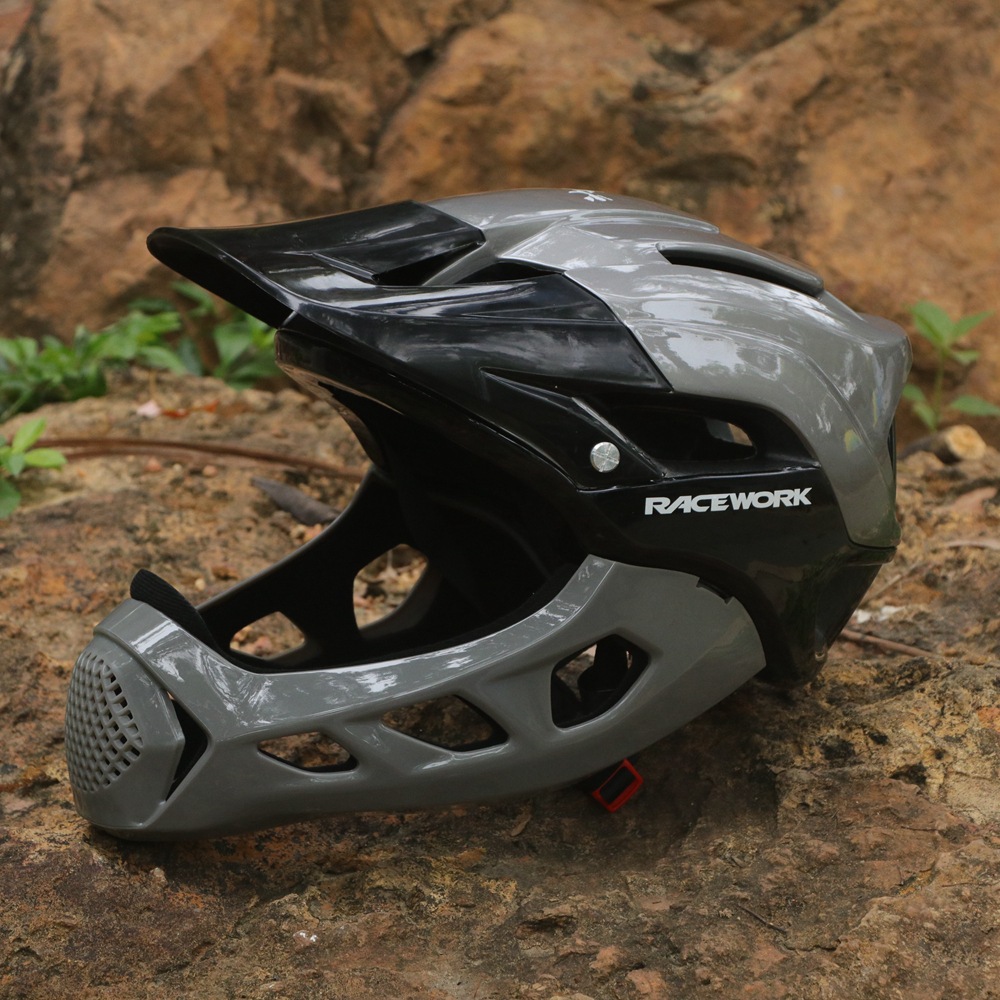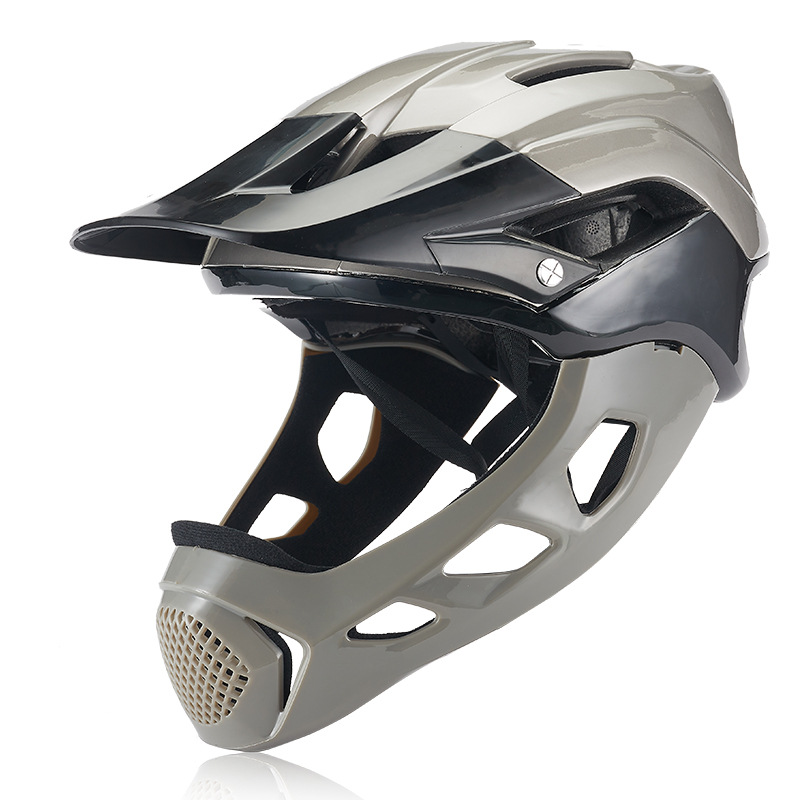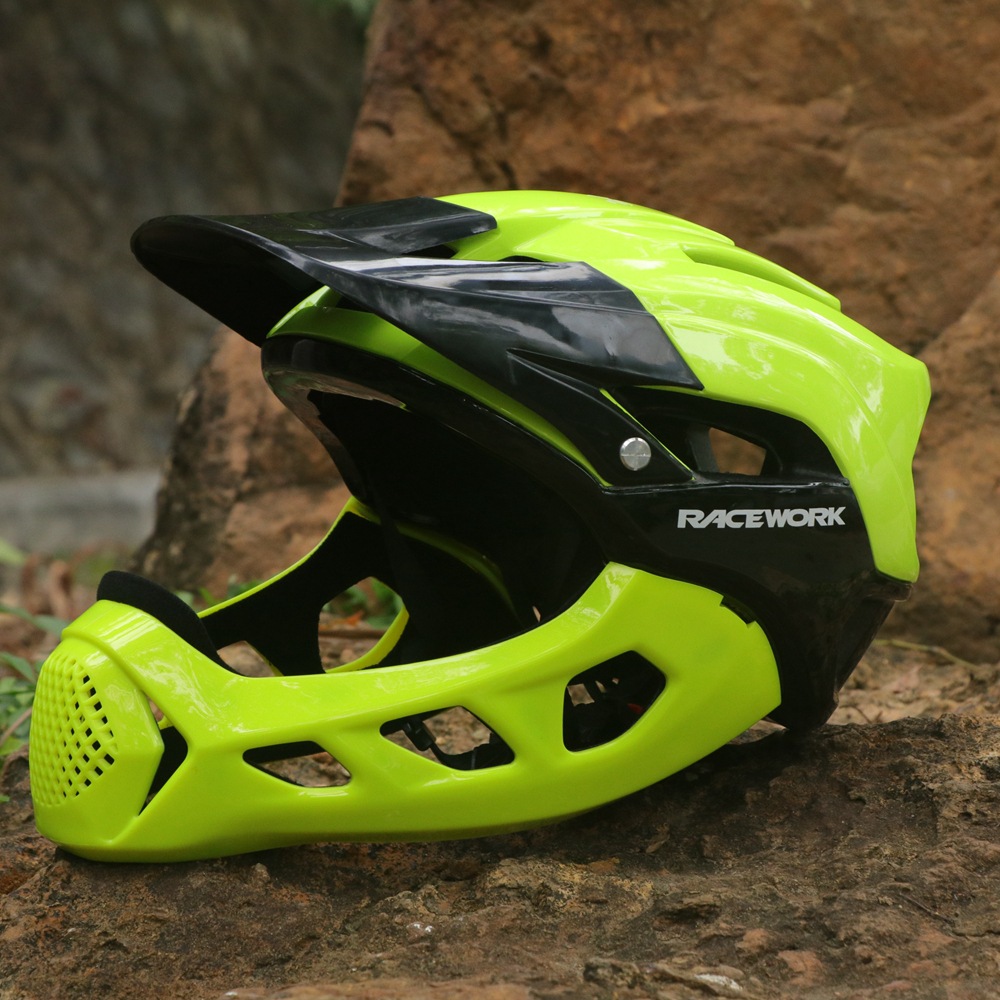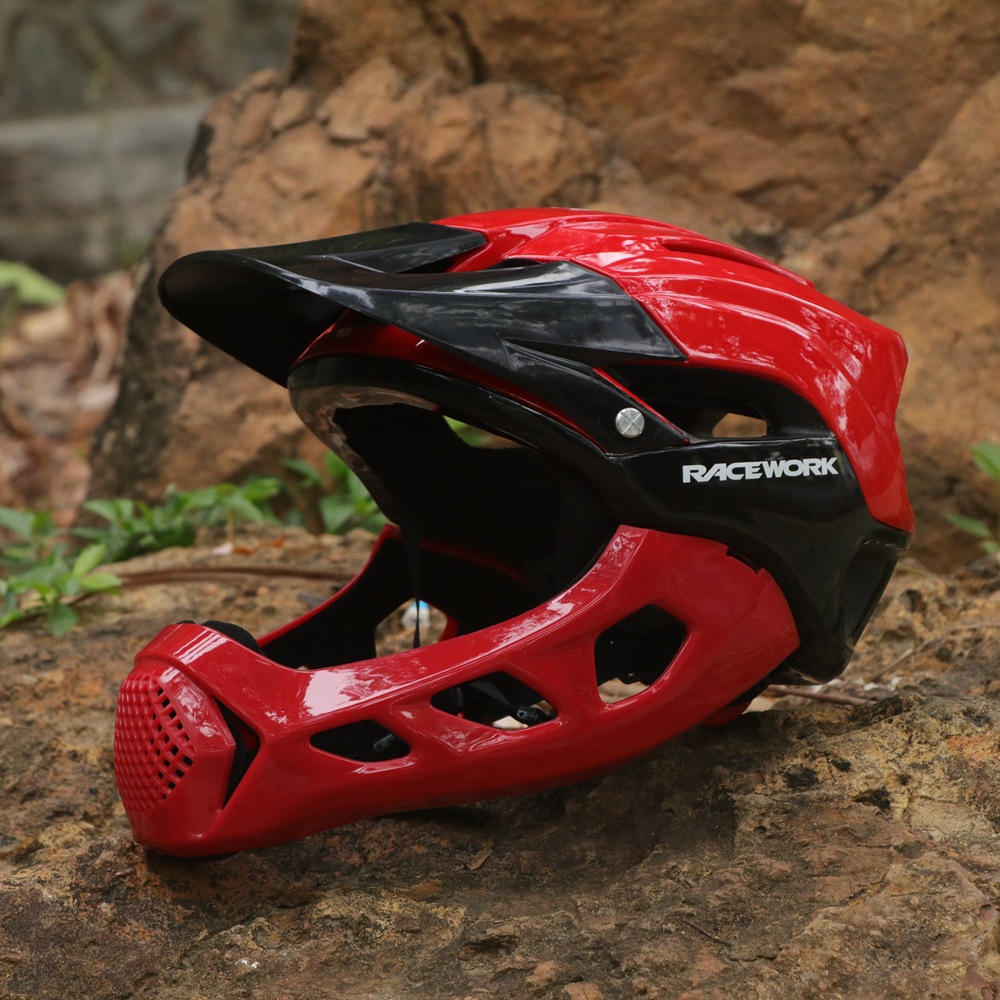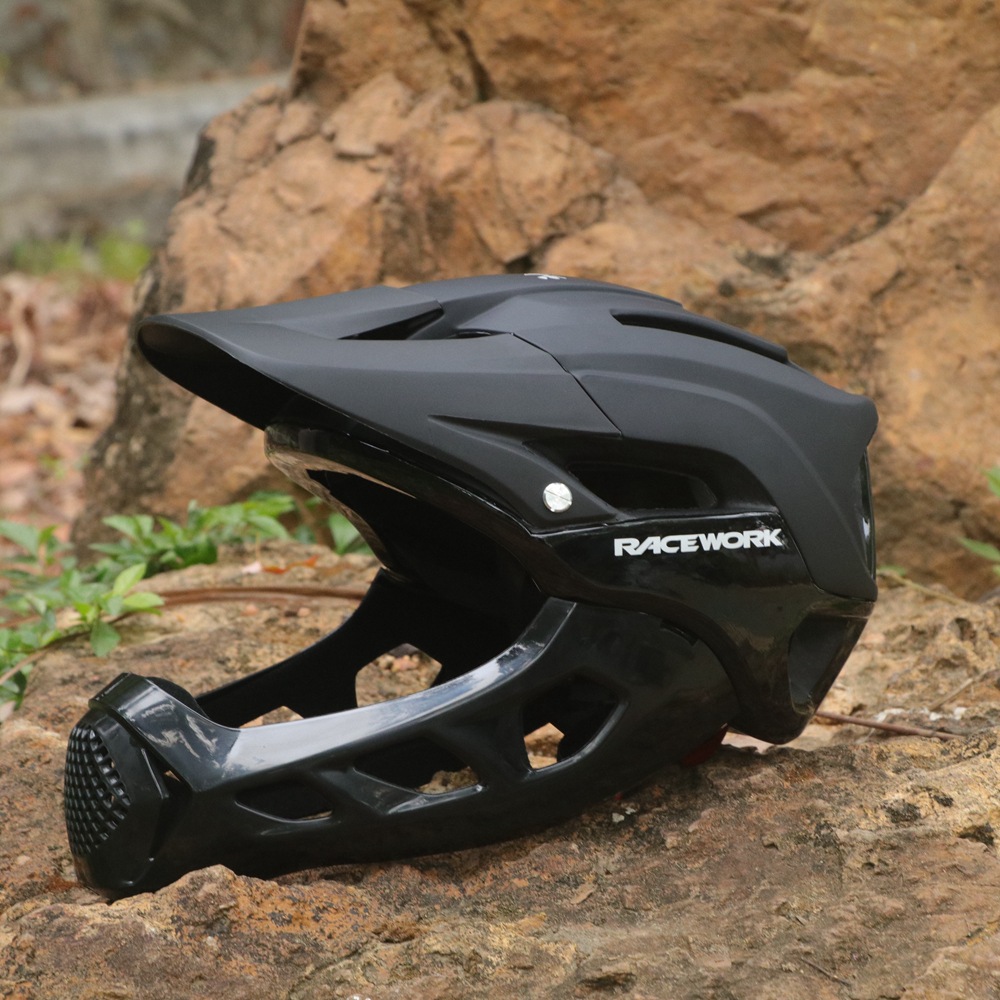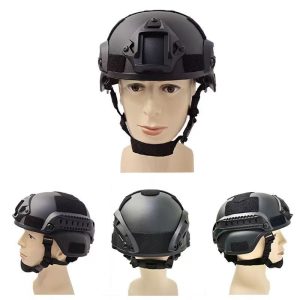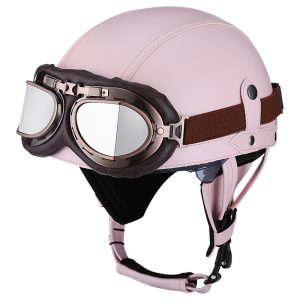A safety helmet, also known as a hard hat, is a crucial piece of personal protective equipment (PPE) designed to protect the head and skull from potential workplace hazards. It is a fundamental component of safety gear used in industries such as construction, mining, manufacturing, and engineering where head injuries are a significant risk.
The primary purpose of a safety helmet is to provide impact protection. It is constructed with a hard, rigid outer shell typically made from high-density polyethylene (HDPE) or other robust materials to absorb and distribute the force of impacts, reducing the risk of head injuries caused by falling objects, collisions, or accidental bumps.
Safety helmets also often include a suspension system inside the shell, which helps absorb shock and ensures a secure fit on the wearer’s head. They may have adjustable straps and chin straps to keep the helmet firmly in place.
Many safety helmets come with additional features like slots for mounting accessories such as face shields, earmuffs, or headlamps, making them versatile for different work environments and tasks.
Furthermore, safety helmets may be color-coded to indicate the role or level of authority of the wearer or to identify specific teams or departments on a job site.
In summary, safety helmets are a critical component of workplace safety, providing protection against head injuries and ensuring the well-being of workers in hazardous industries. Their design and features are carefully engineered to minimize risks and maximize comfort for those who rely on them daily.
